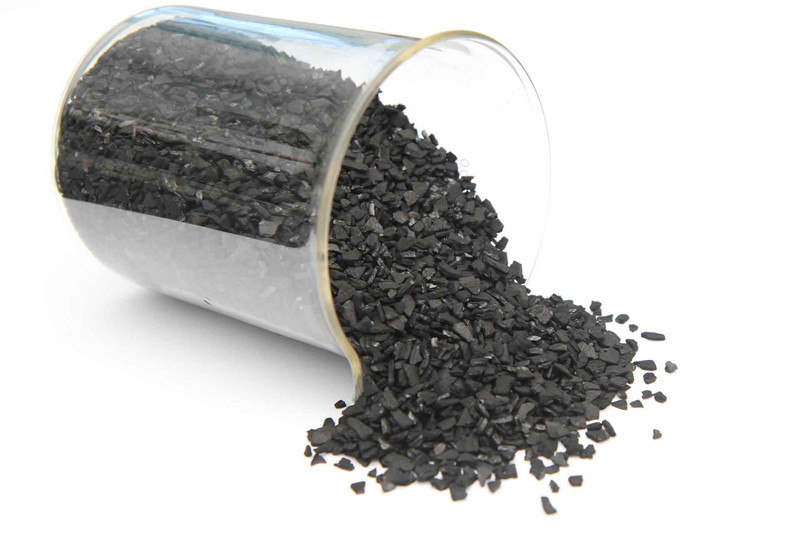Email a copy of 'On Chemistry: Making Activated Carbon and Hand Warmers, by R.T.' to a friend
15 Comments
- Ad Ready Made Resources Anytone Termn-8RCall us if you have Questions 800-627-3809
- Ad Civil Defense ManualThe Civil Defense Manual... The A to Z of Survival. Look what in it... https://civildefensemanual.com/whats-in-the-civil-defense-manual/


Science is great. Knowing how to make these hand warmers is smart, assuming you have the supplies you need and the time to do it. Or you could just order a bunch now from here:
https://www.amazon.com/Premium-Best-Reusable-Jumbo-Warmers/dp/B075QM8CZ7/ref=sr_1_15?ie=UTF8&qid=1518529779&sr=8-15&keywords=reusable+hand+warmers
Activated Carbon, aka Activated charcoal, can be found in most pet stores that cater to salt water fish. I used this to filter the water for my old reef tank. It’s an excellent way to absorb pollutants from water. Unlike standard charcoal it won’t turn your filtered water into something that looks like mud.
R.T., thanks for this article. & I hope you will consider writing another article on how chemistry can help preppers.
I’m debating on which of my topics I should use for the next time. Originally, I was going to write one about the unpleasantness of making your own matches from scratch, but my tests haven’t been going well. Until I can make them reliably and with easy-to-follow instructions that are (mostly) safe, I don’t want to go with that.
My logic is that if you can save the calories and time in making a fire, it’s worth it. If you’re sick and already shivering, a bow drill fire is going to be extremely difficult, if not impossible.
Writing is easy. Choosing a subject and making sure that it’s easily usable is hard.
Very interesting and useful information, however you have the order for layering the filter upside-down. How do I know this? Because, I’m a Professional Engineer, I do this for a living, and this is a very common mistake. Your course gravel goes at the bottom of your filter, your fine sand in the middle, and your GAC (granular activated carbon) goes at the top. I know this sounds backwards, however it’s the best way to prevent your filter from getting clogged by allowing the heavier material below to support the lighter material above and is also helpful when cleaning your filter, since that is the order in which the particles will settle out.
I keep doing that. The sad part is, I know better. I know that I know better. In my personal test, I did two layers, coarse, fine, carbon, coarse, fine, carbon. Yes, it’s overkill, but I was playing around and doing my own tests. I rather liked that setup, and they didn’t settle out as much as you might think.
May I blame sitting down and writing this with only occasional glances at my notes in just fifteen minutes?
This is a keeper. Thanks.
Great information. I have used activated charcoal for years and always wondered how it differed from regular charcoal.
Valuable stuff. More articles along these lines would be welcolme.
I bought 40 pounds of activated charcoal on amazon for my large water filter in a 55 gl drum. It works great. If your buying it make sure your get the kind that works for aquariums, not the kind for air filters. What one uses a different method and is not for use in water.
Here’s a link to the surferswithoutborders.org site for the slow sand filter that i use. http://www.surferswithoutborders.org/Slow_Sand_Filter_files/Slow%20Sand%20Filter%20Plans.pdf
I did not see it mentioned but activated charcoal has several medicinal uses, such as in making poultices to draw out infection in wounds. One can also make a slurry to stop chronic diarrhea. It also can be made into a toothpaste that works well.
You can also use it to stop food poisoning. While we were traveling in a foreign country my husband got a case of food poisoning and I gave him activated charcoal capsules (which I carry with me all the time). He barfed black goop for a while but it got the bad stuff out and he did not have to go to a foreign hospital.
I enjoyed the article – thanks. I would personally rig up a still to distill clean water from a dirty source. Since you are going through the effort of bringing it to a boil anyway. Discard the first and last parts of the distillate and keep the rest.
Fun article! Makes me want to play mad scientist.
Very cool projects. Thanks!